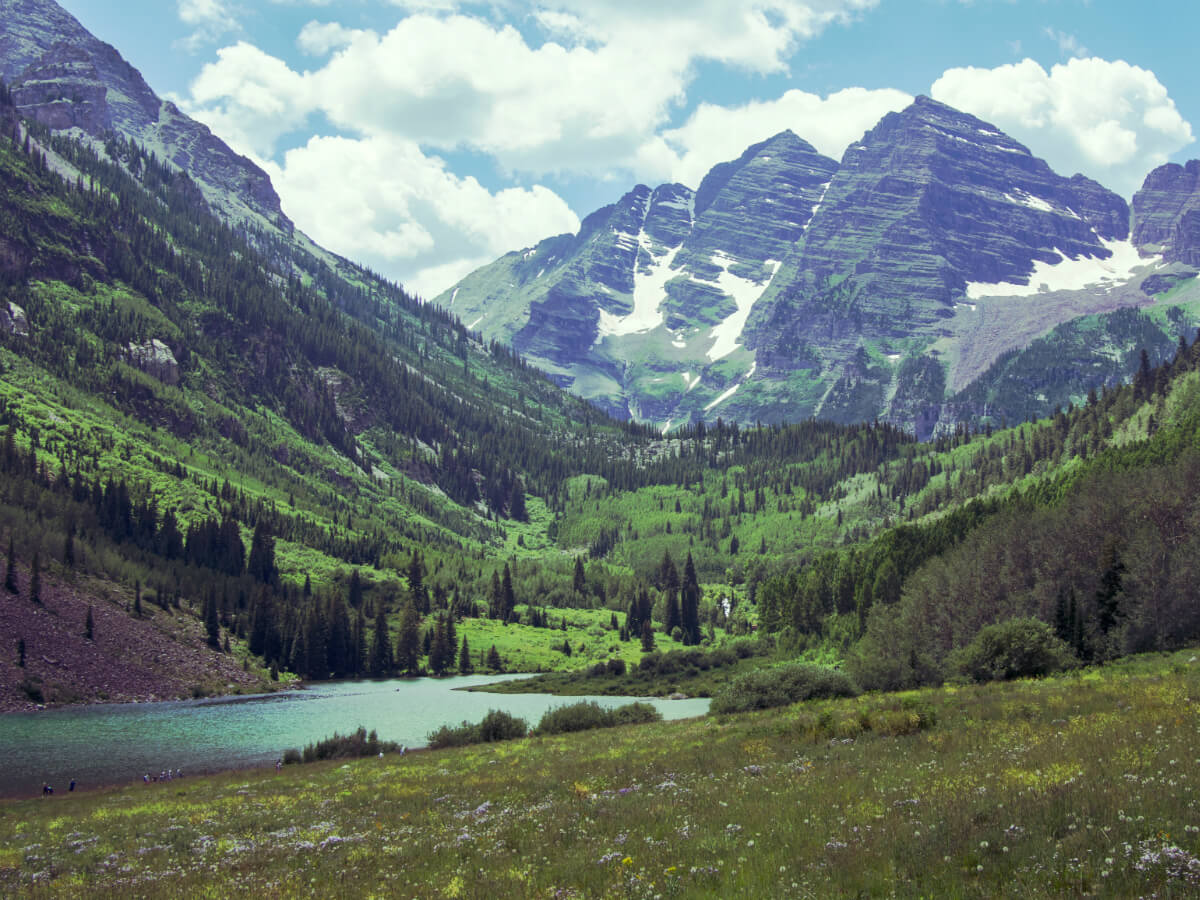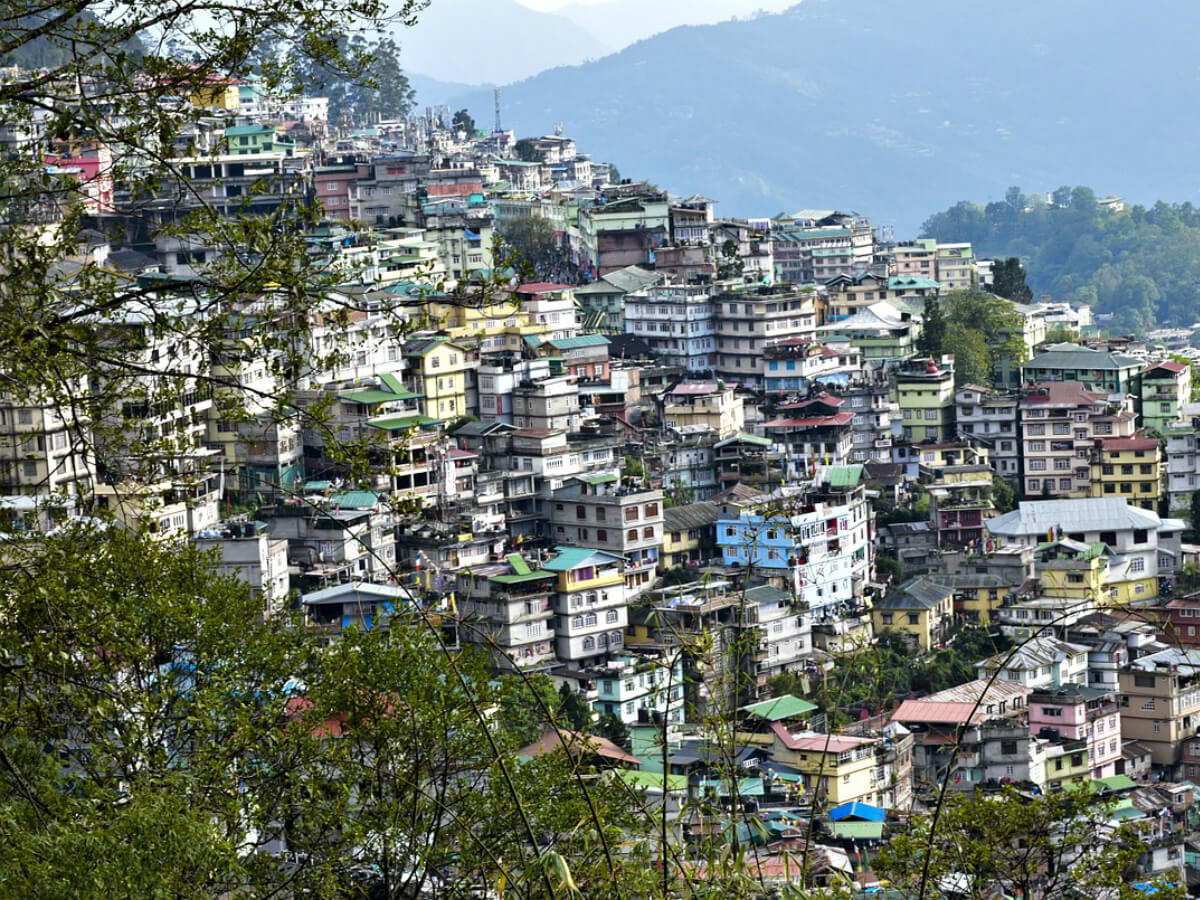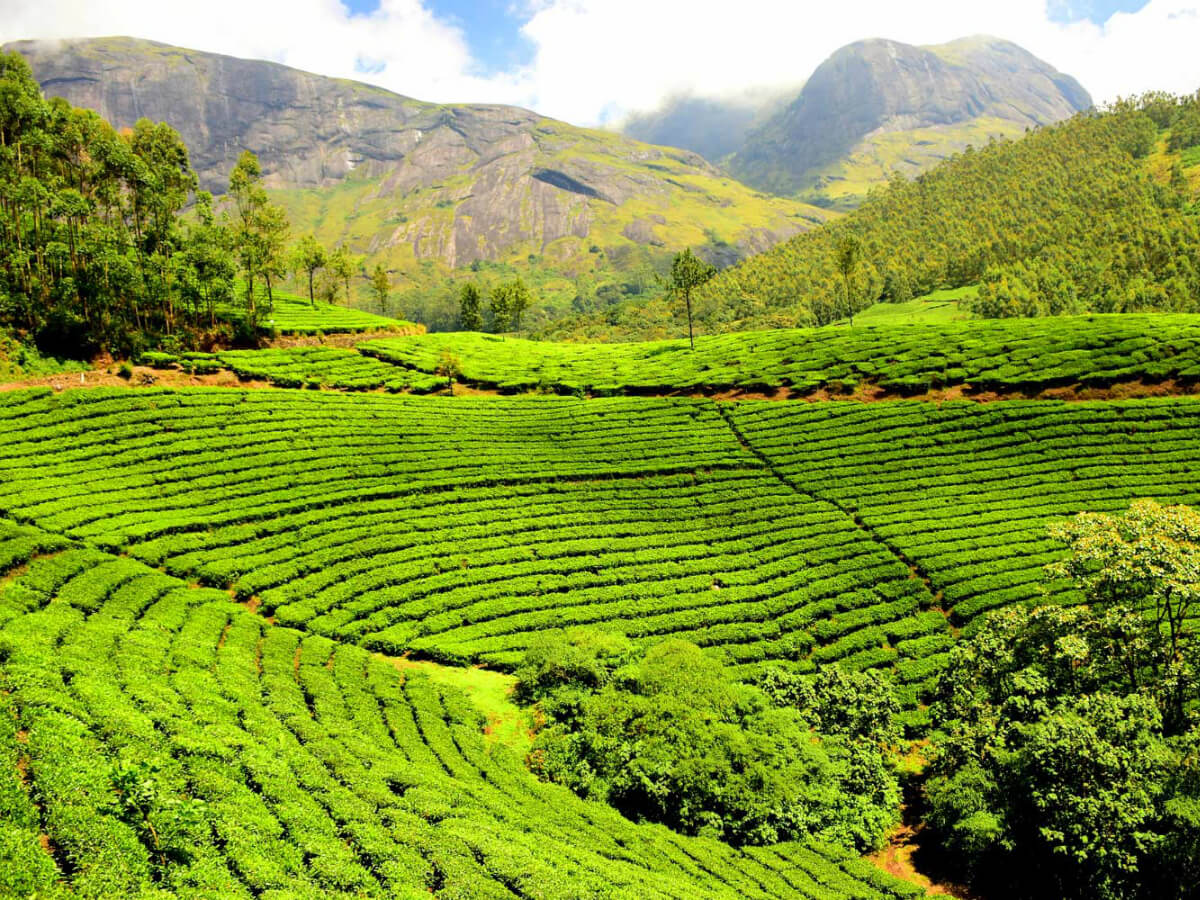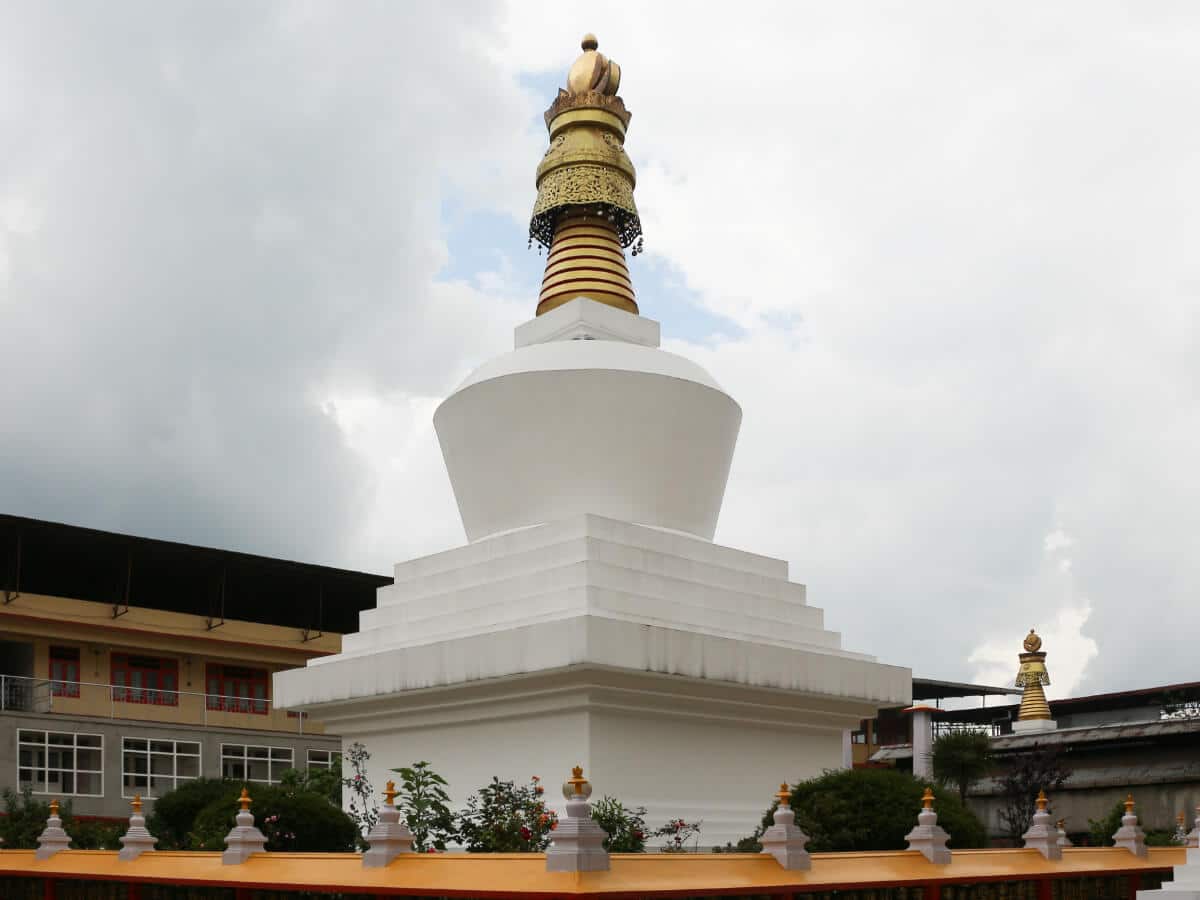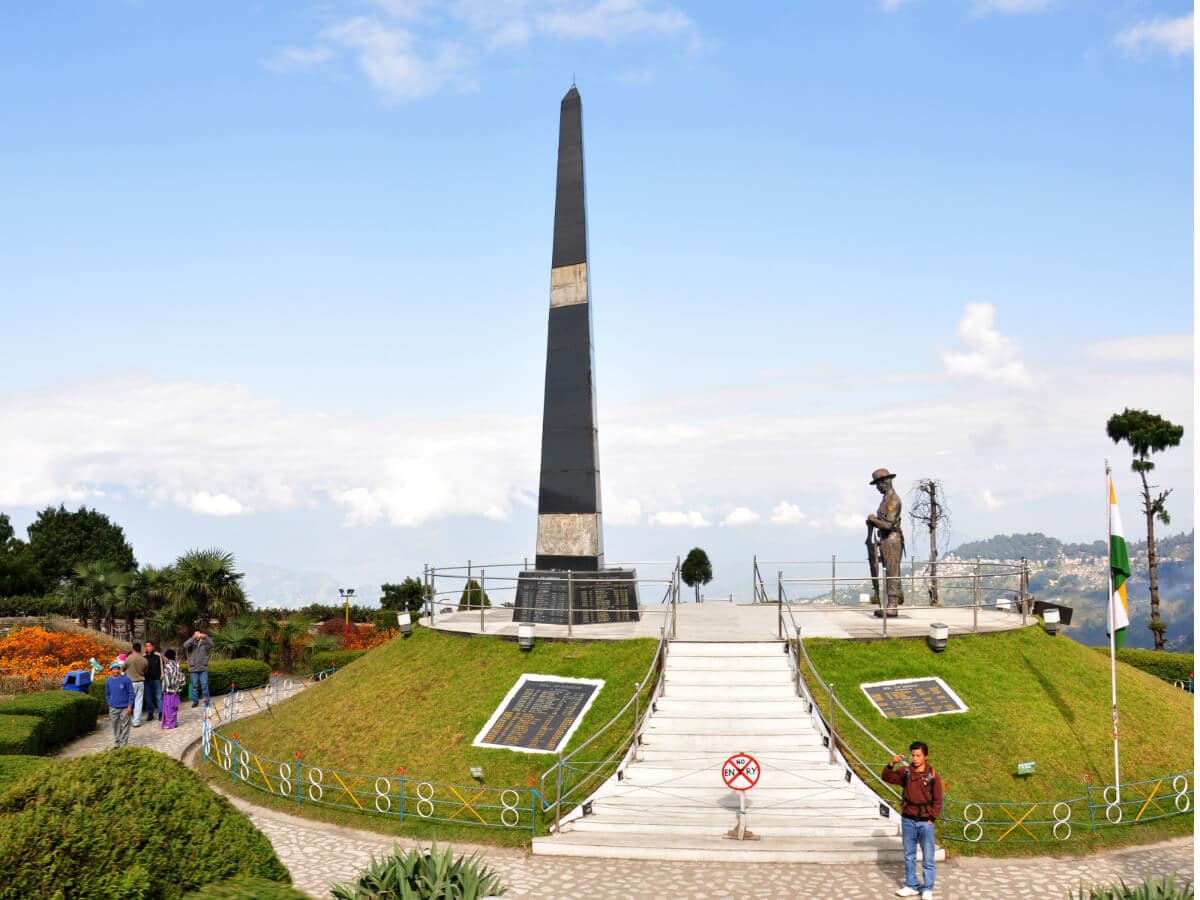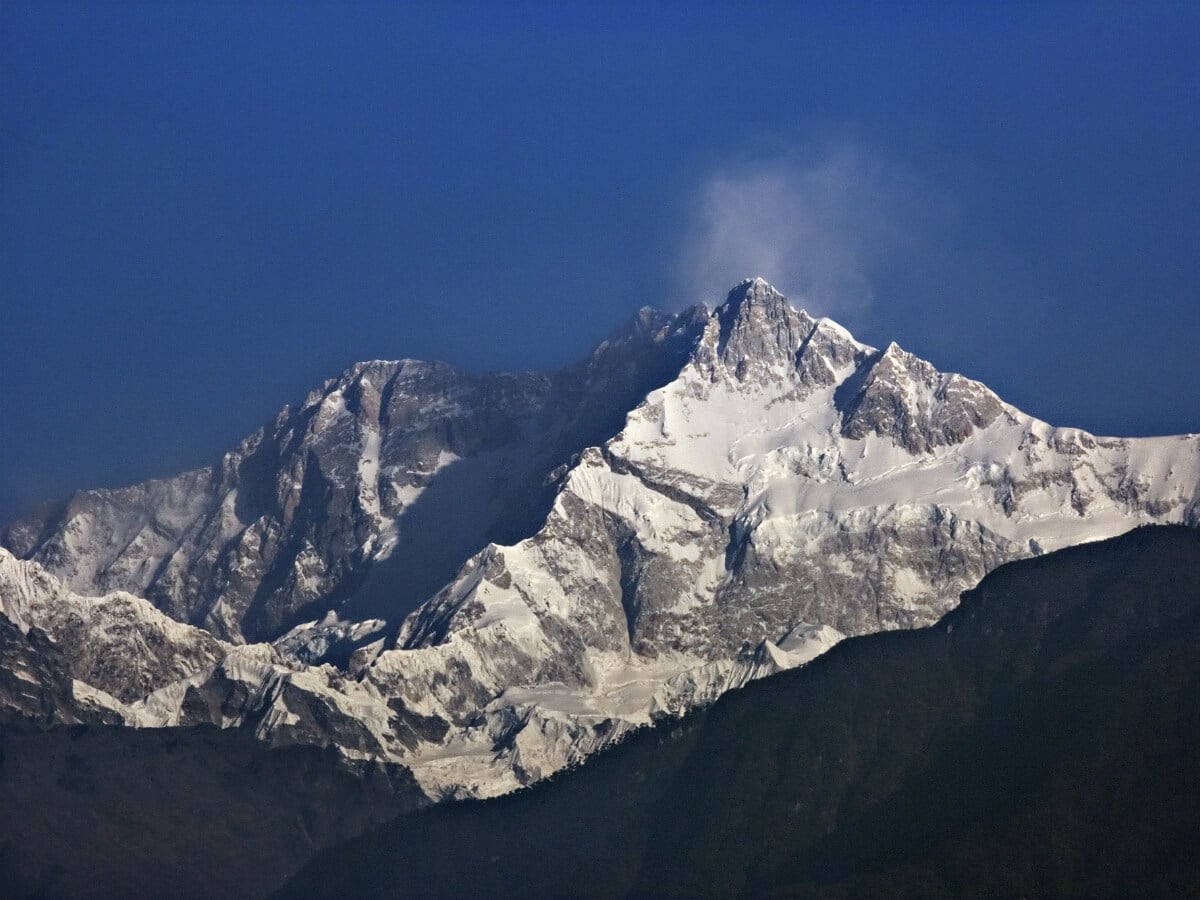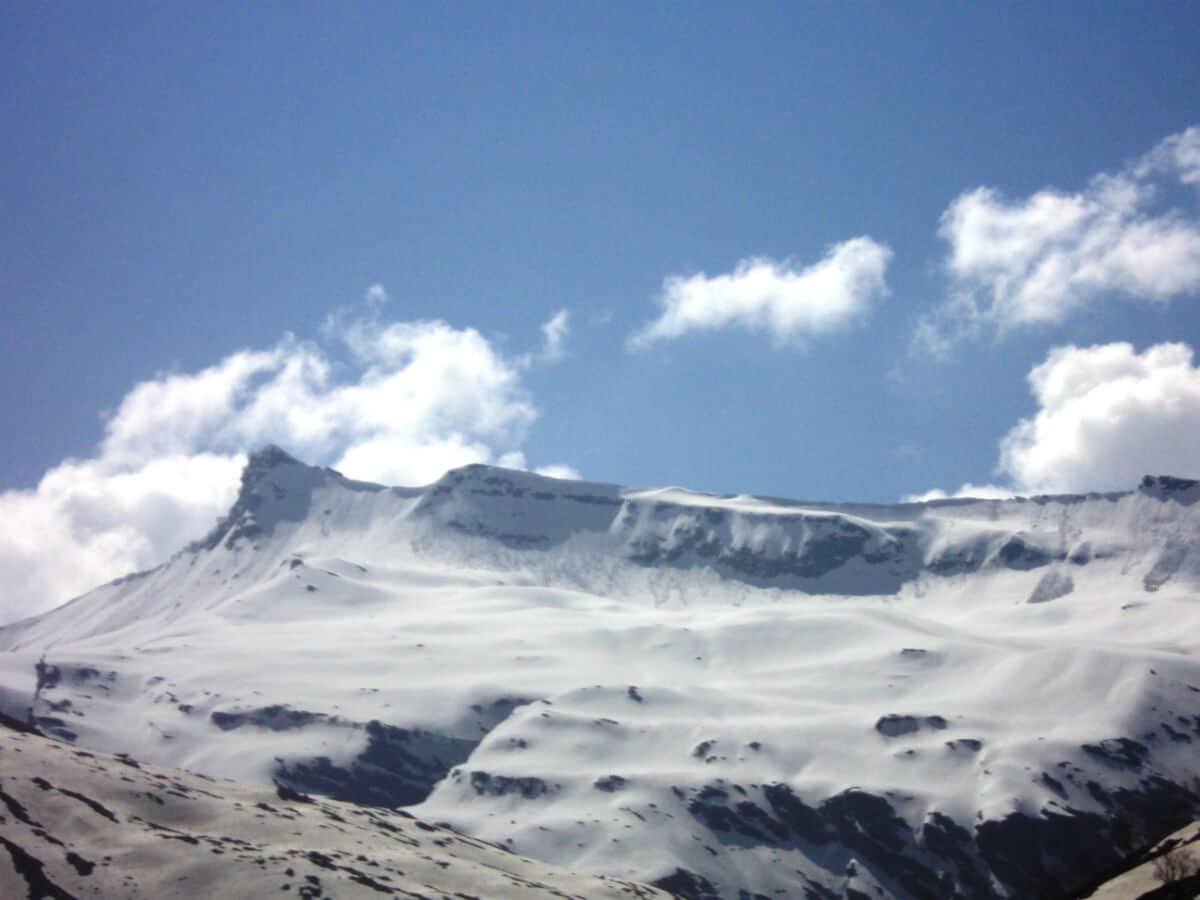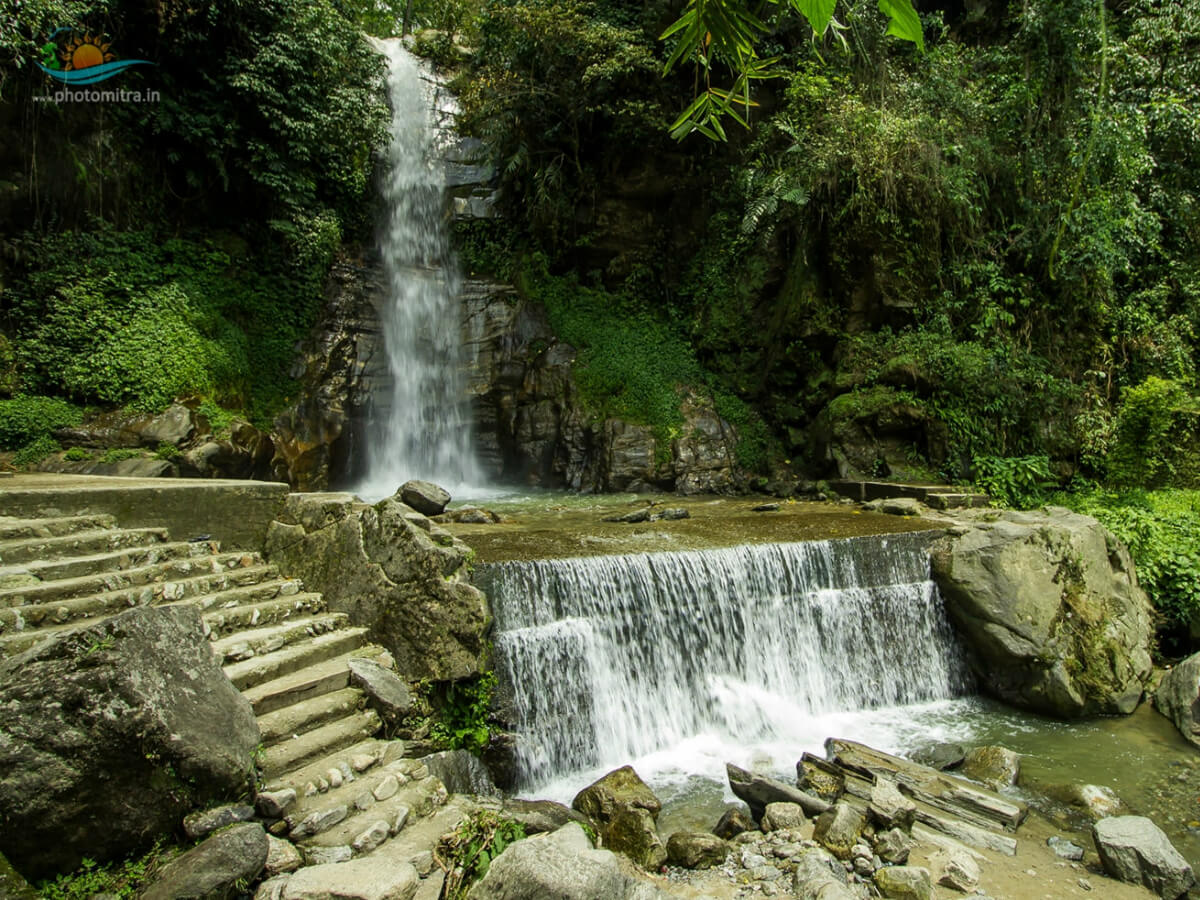Tour Packages
Gangtok Tour Packages
SUPER DEAL PRICE
STARTS FROM
per person on twin sharing
ATMs are easy to find in city, not villages.
City shops mostly accept credit cards now.
Banks are common in cities, rare in villages.
The legal drinking age in Gangtok is 18 years.
Residents of Gangtok are known for hospitality.
Gangtok - Overview

By Purpose
Couples
For Newlywed Vacations
Family
For Family Vacations
Top Attractions and Nearby Sights
Tsomgo Lake (Changu Lake)
Nathula Pass
Rumtek Monastery
Mahatma Gandhi Marg
Flower Exhibition Centre
Tashi View Point
Himalayan Zoological Park
Banjhakri Waterfalls
Hanuman Tok & Ganesh Tok
Black Cat Museum
Everything You Need to Know About Gangtok
Gangtok, the capital of Sikkim, is a melting pot of different traditions and cultures. Nature and wildlife come alive in this city, seamlessly blending ancient heritage with modern living. The breathtaking views and attractions of Gangtok are bound to satisfy all your senses. From its vibrant markets and scrumptious cuisine to snow-covered mountains and peaceful monasteries, there is much to discover in the city with GT Holidays’ Gangtok tour packages. Let’s take a deep dive into the art, culture, history, cuisine, tourist attractions, and shopping scene of Gangtok, so you can discover why it’s truly a gem of the Eastern Himalayas.
View All Gangtok Tour Packages
FAQs:
Book Your Dream Vacay Today!











